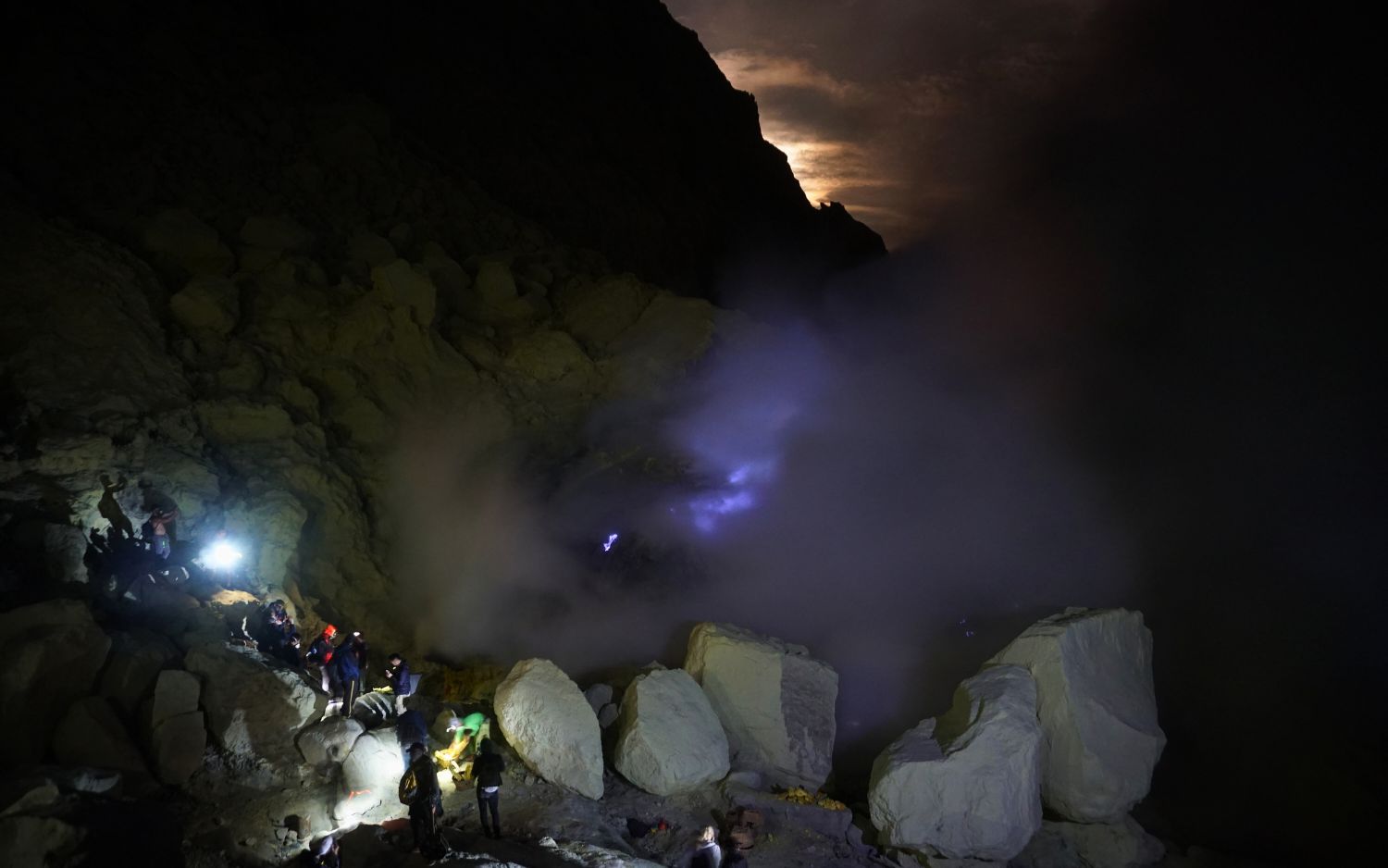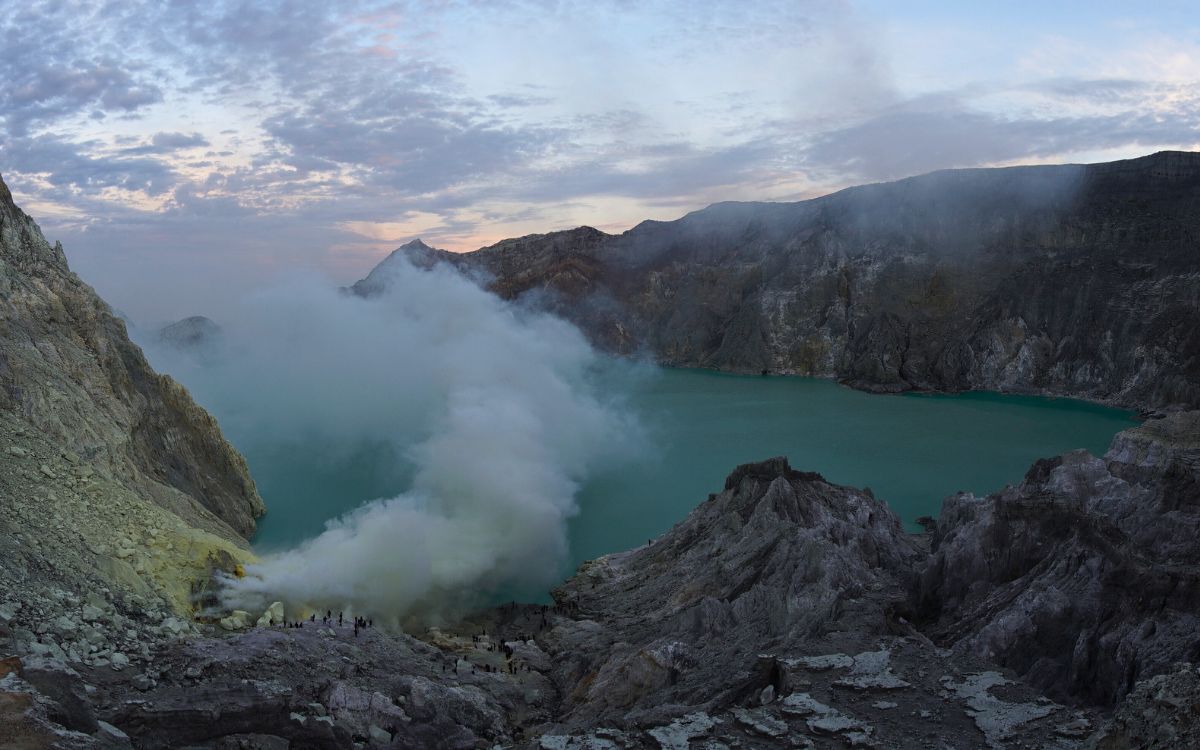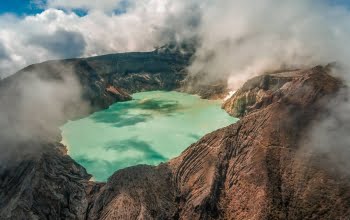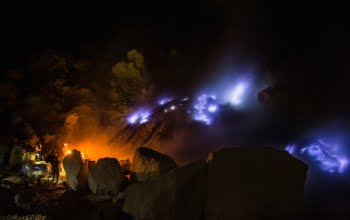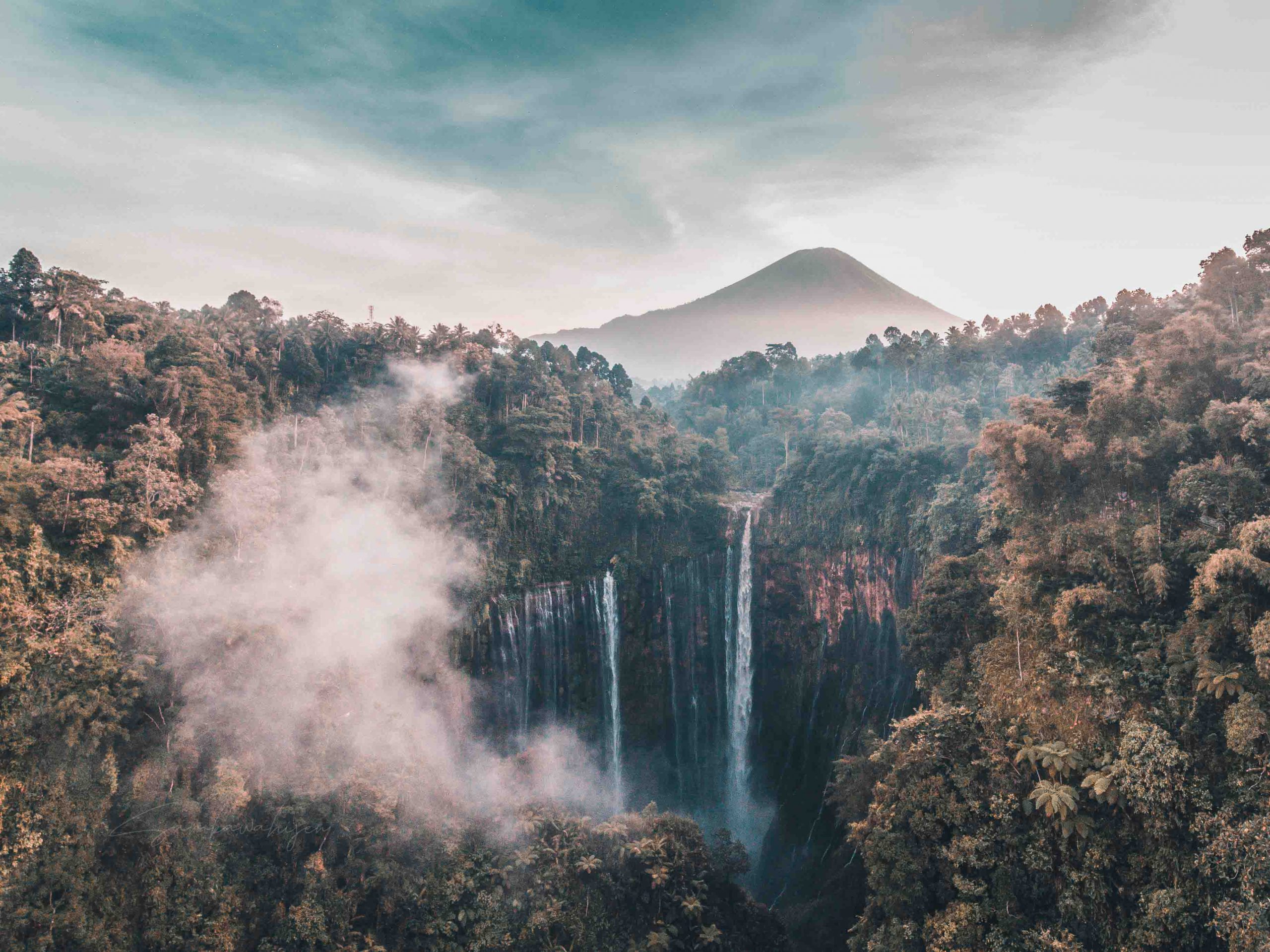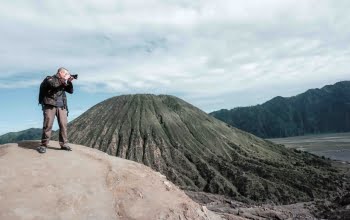Mount Ijen, located in East Java, Indonesia, is not just another volcano — it’s a place where science and wonder collide. From electric-blue flames to one of the most acidic lakes on Earth, Ijen offers phenomena rarely found anywhere else. Whether you’re a nature lover, a science geek, or an adventurous traveller, these five unique facts about Mount Ijen will blow your mind.

1. The Blue Fire Phenomenon: A Rare Natural Wonder
Mount Ijen is famous worldwide for its electric-blue flames that appear at night. These aren’t actual “blue” flames from lava — instead, the phenomenon is caused by the combustion of sulfuric gases that emerge from the volcano’s vents at extremely high temperatures (over 600°C / 1,112°F). When ignited by oxygen, these gases burn with an intense blue light.
🔬 Scientific note: Blue fire is only visible in a few places globally — notably in Ijen and Dallol, Ethiopia — due to the unique combination of sulfur and heat.
2. Home to the World’s Largest Acidic Crater Lake
Kawah Ijen contains the world’s largest highly acidic crater lake. The turquoise-colored lake spans about 1 km wide and has a pH close to 0.5 — strong enough to dissolve metal. This surreal beauty masks the lake’s dangerous nature, as the high sulfur content makes the water extremely toxic.
⚠️ Fun fact: Despite its deadly chemistry, the lake attracts thousands of visitors due to its striking color and eerie atmosphere.
3. A Living Laboratory of Sulfur Mining
Every day, miners descend into the crater to manually harvest solidified sulfur. Carrying loads up to 90 kg (200 lbs), these men work under harsh, toxic conditions with minimal protection. The mining process involves channeling sulfuric gases through ceramic pipes, cooling them until they liquefy and solidify into bright yellow sulfur.
🧪 Scientific perspective: This provides a rare look at an open-air, non-mechanized sulfur extraction process — a unique case study for geologists and chemists alike.
4. Breathing Fire: A Toxic Volcanic Atmosphere
Ijen emits hydrogen sulfide (H₂S) and sulfur dioxide (SO₂) gases, which can be harmful or even deadly in high concentrations. These gases contribute to the formation of acid rain and respiratory issues for those exposed without masks. Scientists monitor Ijen closely due to the volatility of its gas emissions.
🧯 Did you know? Visitors are often required to wear gas masks — not for style, but for survival!
5. A Geological Marvel in Motion
Mount Ijen is part of the Pacific Ring of Fire, an area of intense seismic and volcanic activity. Ijen’s current shape was formed over thousands of years through explosive eruptions, caldera collapses, and lava flows. Ongoing geothermal activity suggests that the region is still very much alive and evolving.
🌋 Scientific insight: Ijen’s active status makes it a hotspot for volcanologists studying subduction zones and magma behavior beneath Earth’s crust.
Conclusion:
Mount Ijen isn’t just a tourist destination — it’s a natural classroom full of rare chemical reactions, geological processes, and human resilience. Whether you visit to witness the blue fire, study its sulfuric lake, or meet the miners, Mount Ijen invites you into a world where science and nature meet in the most dramatic ways.
📍Book Your Ijen Expedition Today
Embark on the adventure of a lifetime. Witness the blue flame, trek to the crater, and explore East Java’s most unforgettable natural wonder.
📧 Email: ijenexpeditiontourandtravel@gmail.com
📱 WhatsApp: +6285748711646
🌐 Website: www.ijenexpeditiontour.com | www.ijenexpedition.com

